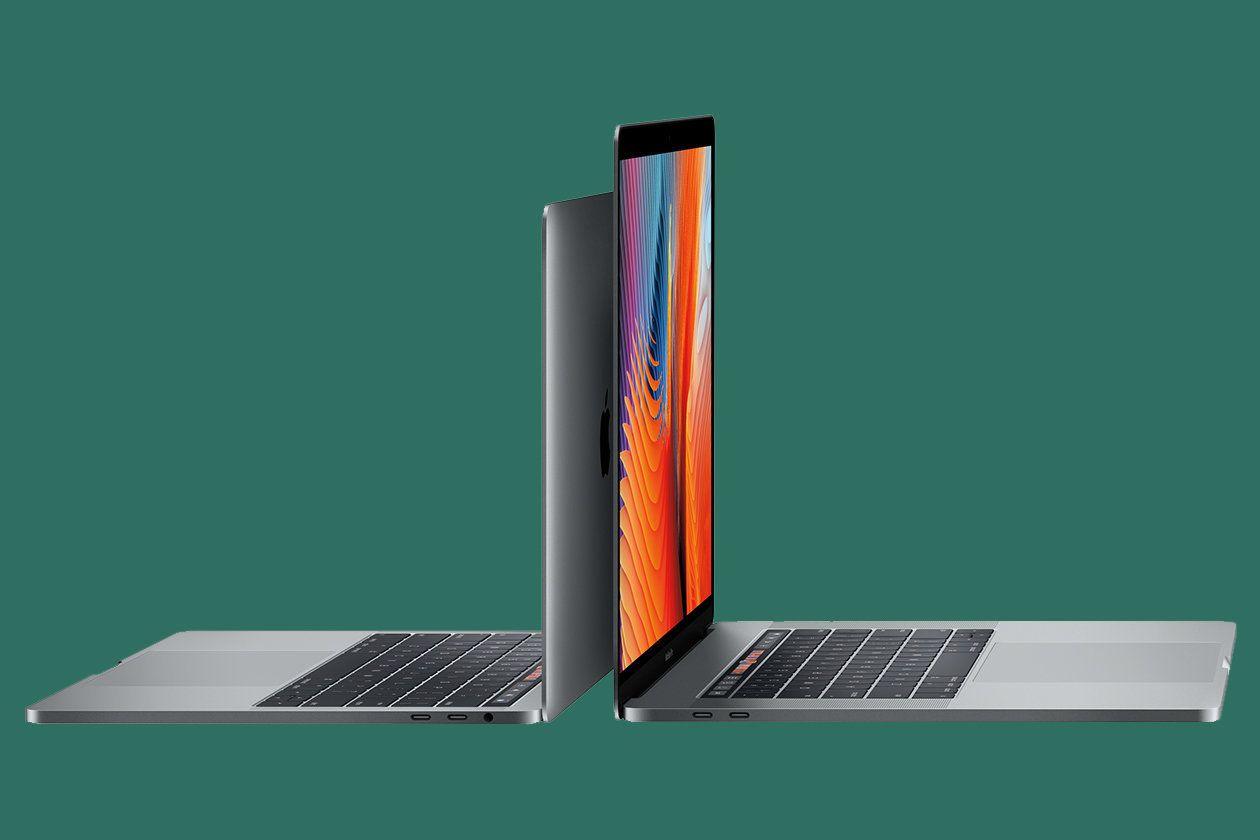The MacBook Pro has become a symbol of productivity.
With its deceptively simple OS the Pro was the silent performer. It never shouted about what it was capable of doing but quietly, efficiently just got the job done.
You’ll be hard-pressed to find a newsroom, media studio or architect’s office that isn’t covered in Apple logos and the fact they’re probably all MacBook Pros should tell you everything you need to know.
This new MacBook Pro then has a lot of pressure riding on it. Not only does it need to offer everything that you loved about the series but exceed the bar by offering something new.
In many ways the new MacBook Pro does do this, what some might find however is that the cost of exceeding that bar is simply too high.
Design
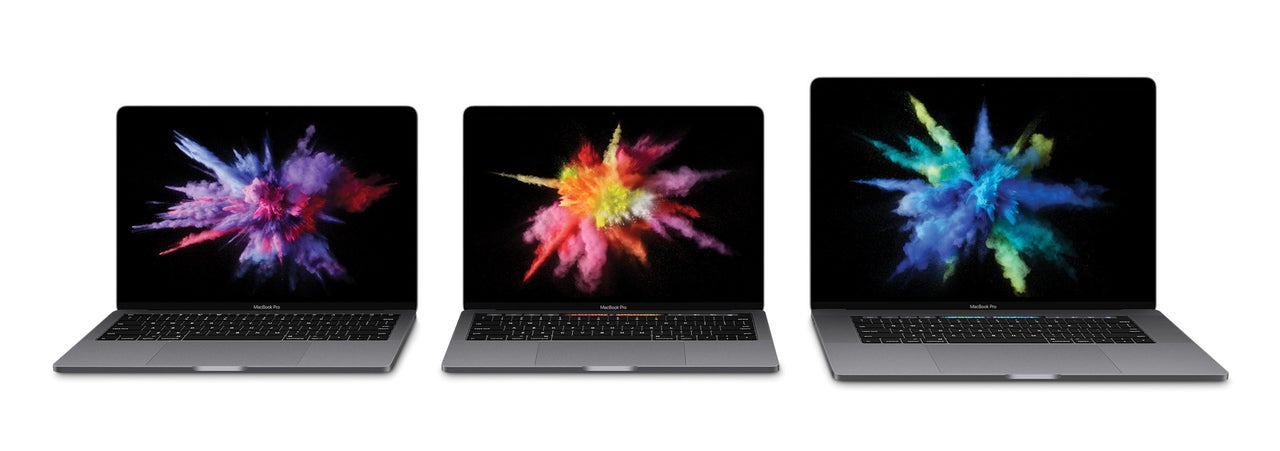
Lets get this out of the way now, the new MacBook Pro is absolutely stunning.
Apple have once again created a laptop that feels both incredibly portable and yet exceptionally durable thanks to that all-aluminium body.
The glowing Apple logo has gone, meh. Some people have complained about it, but it was a purely design-based element that now serves no purpose when you’re trying to build one of the thinnest displays you’ve ever put onto a laptop.
The space grey colouring has been brought over from the MacBook and it’s a triumph, giving the laptop an almost menacing feel that screams efficiency.
The new display lid has been redesigned and gives yet more focus to the screen itself, reducing the surrounding bezel and again reaffirming the feeling that this product is simply about input and output.
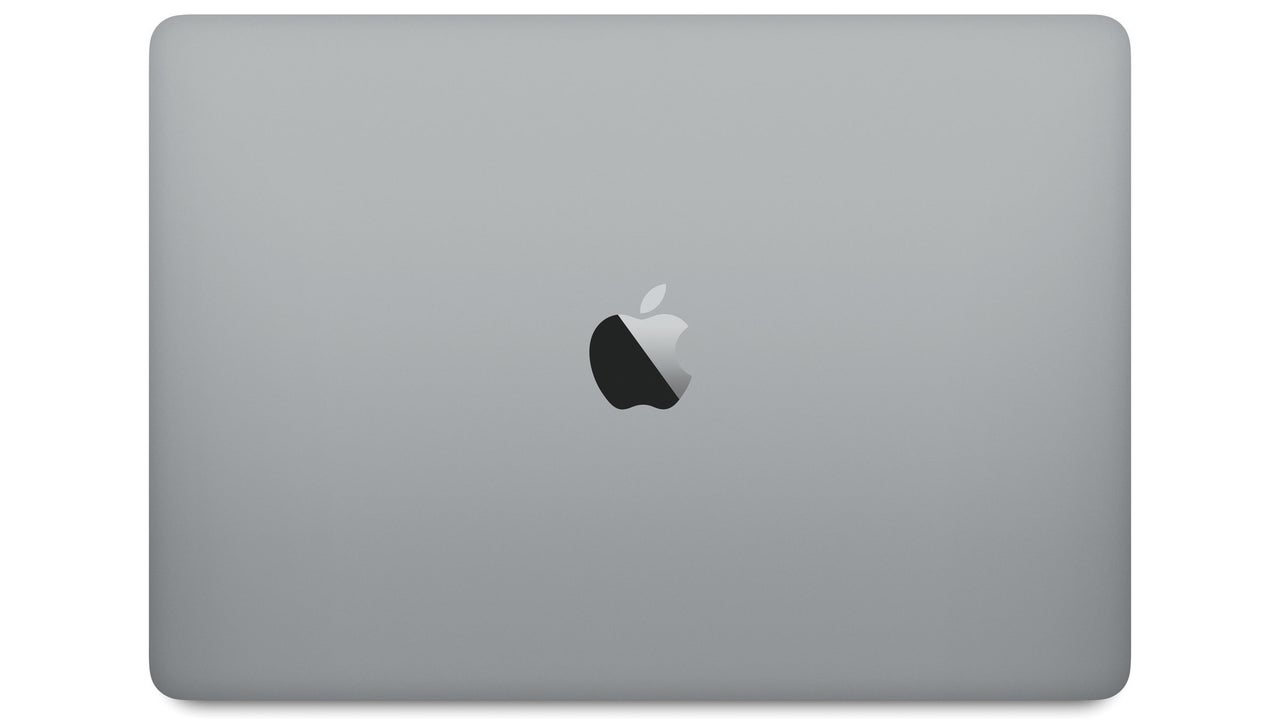
One minor side-effect of this design language however is heat dissipation. MacBooks have got hotter and hotter over the years and last year’s MacBook Pro was the worst culprit.
While the new MacBook is significantly cooler to use for extended periods, your legs will still be acutely aware of the fact you’re currently crunching 4K footage while sat on the train/plane.
What they have done is really eliminated the keyboard heat, something that’s vitally important if you’re in a job where typing is your main function.
Performance
We’ll jump straight to the reason you’re probably thinking about buying a MacBook Pro in the first place: power.
These machines have always traditionally been great at taking inexplicably large amounts of media, crunching them and then producing a beautiful video, design or layout with minimum fuss.
Our 13-inch review model came with the entry level 2.9GHz dual-core i5 with 64MB eDRAM and 8GB of RAM.
For those that want raw power you can upgrade that to a 3.3GHz dual-core i7 or alternatively go for the larger 15-inch model which comes with a 2.7GHz quad-core i7 chip as standard.
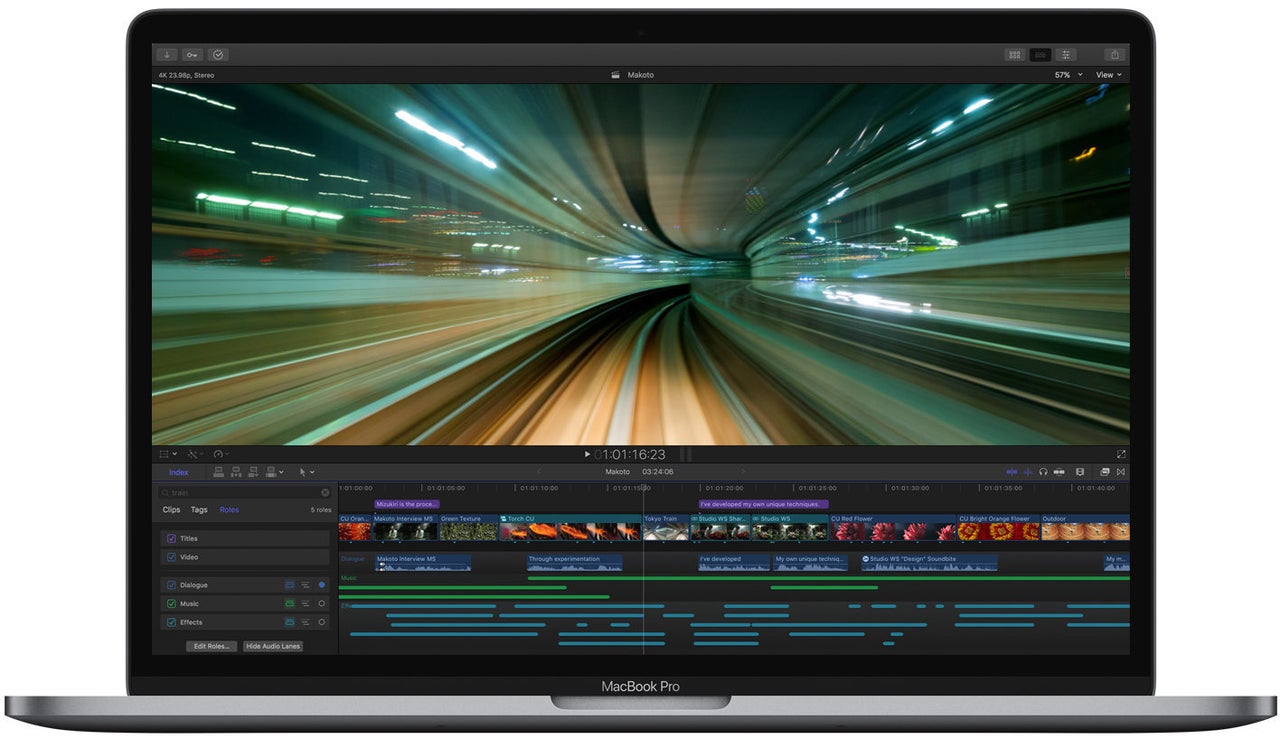
We can’t speak for the 15-inch model but in our time using the 13-inch 2.9GHz i5 we found that Apple have certainly maintained their high standards for media performance.
Video-editing using native 4K footage was, as you would expect, a doddle and rendering times were impressive. Once again though we did notice that the machine was having to work a lot to keep itself cool.
Picture editing was absolutely seamless and we found it pretty much steaming through every task we could throw at it.
Apple says the MacBook Pro 13-inch can output to two 4K displays or if you’re using the 15-inch it can output to two 5K displays.
We were only able to test it on one 4K display but again found there to be no noticeable drops in speed or performance.
Ports
This brings us onto our next point and it’s one that only exists for this particular laptop.
The MacBook Pro comes with four Thunderbolt 3 USB-C ports, that’s it. There’s no SD Card slot, no USB, no MagSafe connector, no HDMI and no MiniDisplay port.
It has annoyed quite a lot of people, perhaps most ironically, it has annoyed the types of people who are actually likely to buy the new MacBook Pro: YouTubers, video editors, photographers and designers.
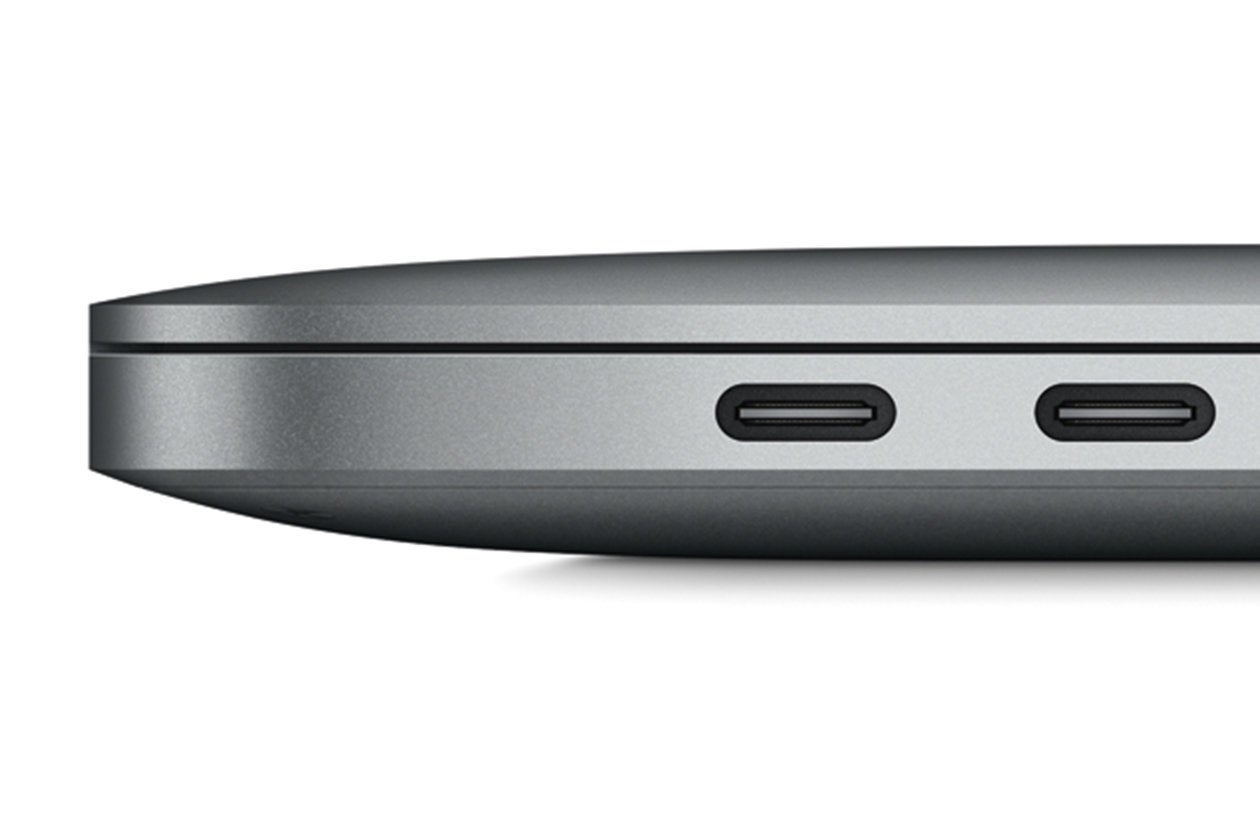
Many of these people transfer almost all their data through an SD Card, those large, clumsy and archaic memory cards that camera companies still insist on using.
By removing a key port like this many have taken this as a personal affront by Apple to their productivity. It’s not, and here’s why.
SD Cards, like traditional USB drives will soon be redundant. As wireless data transfer speeds increase, and the rise of USB-C continues it will become more and more clear that this machine which many will have bought to last for several years will in fact be playing the long game.
Just remember that when Apple killed the disc drive on the Air everyone including yours truly was outraged. There hasn’t been a disc drive on most laptops since.
Yes it’s annoying now, it’s really annoying in fact, and for some it may even be a step to far but if we’re honest we can see Apple’s reasoning behind it and in many ways wished the rest of the relevant industries could be on the same page too.
Display
The new MacBook Pro comes with Apple’s brightest and most colourful display yet. That’s not jargon, it’s just fact.
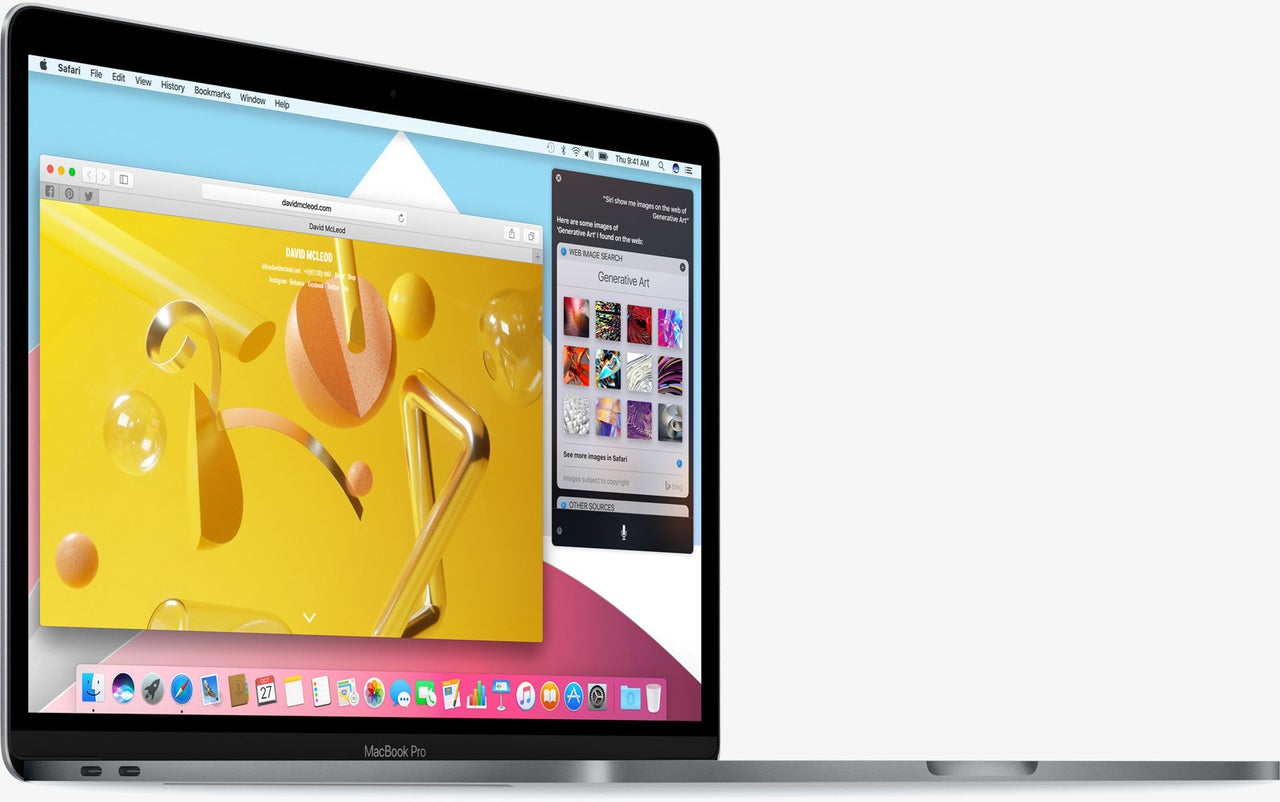
There’s 500 nits of eye-watering brightness and 25 per cent more colours than sRGB. The result of which is something that’s absolutely stunning.
Put it side-by-side with the older MacBook Pro and you’ll wish you hadn’t, the difference is starkly noticeable and in 15-inch form will no doubt be a godsend for those that do a lot of photo editing.
What the display unfortunately does do, is drain a lot of the battery, but more on that in a moment.
Keyboard/Touchpad/Touch Bar
The keyboard is an evolution of the shallow keyboard that made its debut on the new MacBook.
This initially had us worried as the MacBook’s keyboard has very little travel, making it a bemusing typing experience that takes some getting used to.
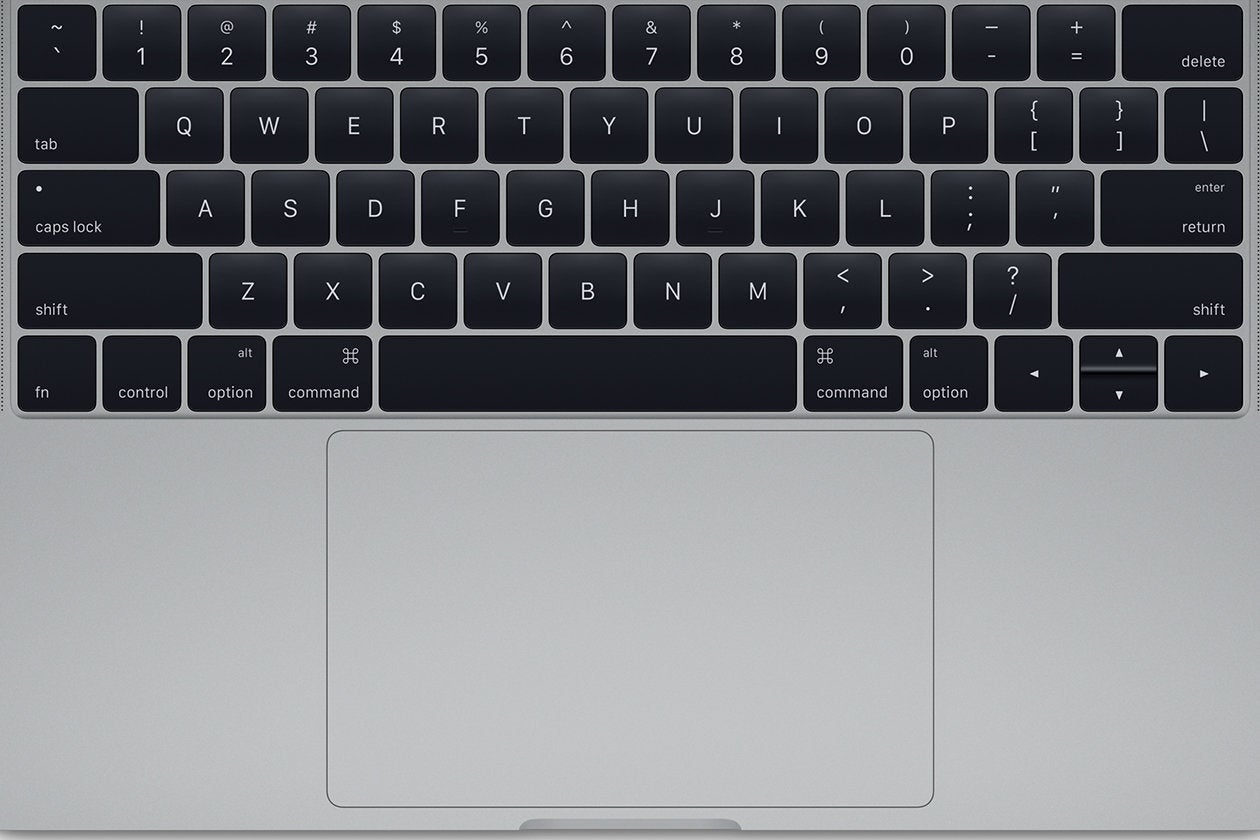
The MacBook Pro’s keyboard seemingly blends the ultra-thin design with a keyboard that gives just the right amount of travel and ‘click’ to really feel satisfying.
What makes this keyboard really special however is that it lets you turn off. You stop thinking about the act of hitting the keys and the result is that it gives you one of the most seamlessly efficient and enjoyable typing experiences on a laptop.
The touchpad has also been given a considerable upgrade, it’s massive. We could be more technical but there’s really no need. The increased space means you can do more far more effectively. It’s not a replacement for a mouse, but it’s close.
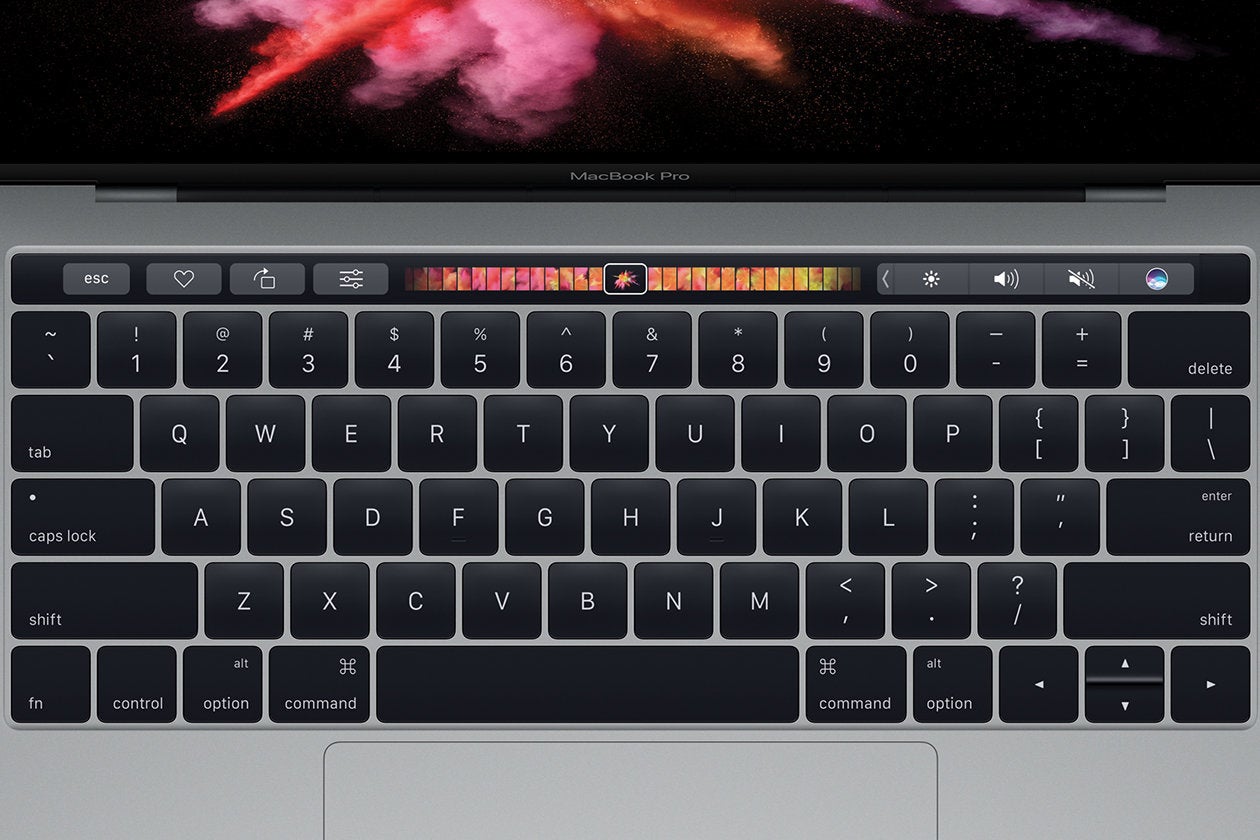
Now onto the Touch Bar. It’s a thin LCD touchscreen strip that runs along the top of the keyboard and replaces the function keys.
The Touch Bar is revolutionary for one simple reason, which is that when it works fluidly you do less work, and who doesn’t like doing less work.
With its open API developers can create context-sensitive tools that appear on demand as and when they’re needed. No more clicking through menus, or remembering shortcuts, the button just appears right at the top of the keyboard and then disappears again when you don’t need it.
Of course everyone’s only going to show you the fact that it displays emojis but honestly, that’s doing the Touch Bar a disservice. Photo editing becomes quicker, pulling together slideshows becomes easier and less cumbersome.
At the side of the Touch Bar is a TouchID fingerprint sensor that now lets you lock the laptop using your fingerprint and indeed use Apple Pay. It’s not a revolutionary addition, many laptops come with fingerprint sensors, but it’s nice to see Apple finally include it.
Battery Life
Apple claims that both the 13-inch and 15-inch laptops come with 10 hours of battery life.
Now we’ve yet to actually find a laptop (made by Apple or otherwise) that reliably and consistently hits its battery life claim and this MacBook is no different.
Without shutting down the features needed to use it as a portable office (WiFi, Bluetooth, decent brightness) we found that it averaged between 6-7 hours.
For reference this involved having a large number of tabs open on Chrome, some intermittent video playing and the very occasional piece or photo editing.
To get anywhere near the 10 hours, we fear you would need to disable too many of those features to make it as truly productive as you would find when plugged in and at your desk.
If we’re honest it’s a little disappointing that it couldn’t survive a bit longer but when we think about the number of times we use a laptop when there is no available charging port nearby it’s actually relatively small. We’d suggest you do the same and you’ll probably come to the same conclusion.
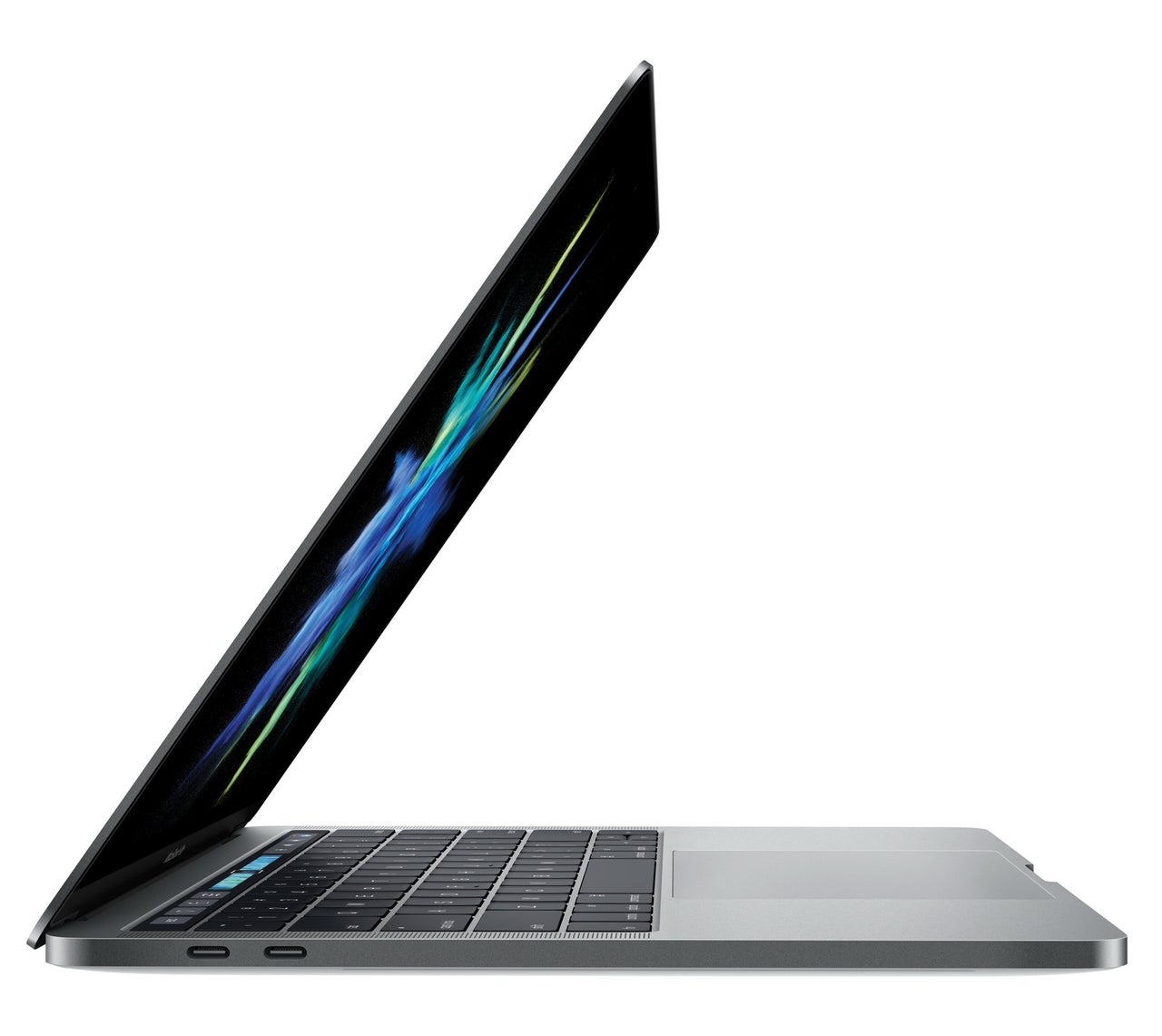
Who should buy the MacBook Pro?
The MacBook Pro is truly future proof. It’s powerful, effortlessly so, and meets the same high expectations that many of us had set for it. The ports might seem tough now but we’re confident they’re a good investment by Apple. The Touch Bar is a revelation, and if developers continue to use it properly it could change the way you work.
Who shouldn’t buy the MacBook Pro?
It’s expensive, and we mean really expensive. The entry-level model even without the Touch Bar costs nearly £1,500. Think long and hard about why you’re looking to buy a MacBook Pro as this, more than any MacBook Pro before it, is not a toy. It’s a powerful, premium tool designed to do very specific tasks incredibly well. If you’re just looking for something flashy to have out in Starbucks, then this isn’t for you.
MacBook Pro 13-inch without Touch Bar Price: £1,449
MacBook Pro 13-inch with Touch Bar starts at: £1,749
MacBook Pro 15-inch with Touch Bar starts at: £2,349
